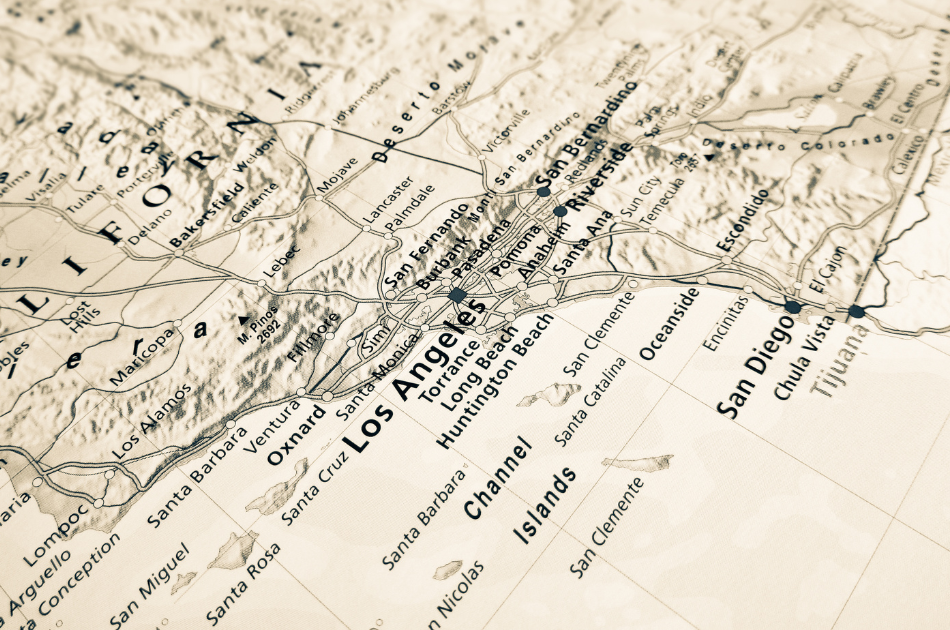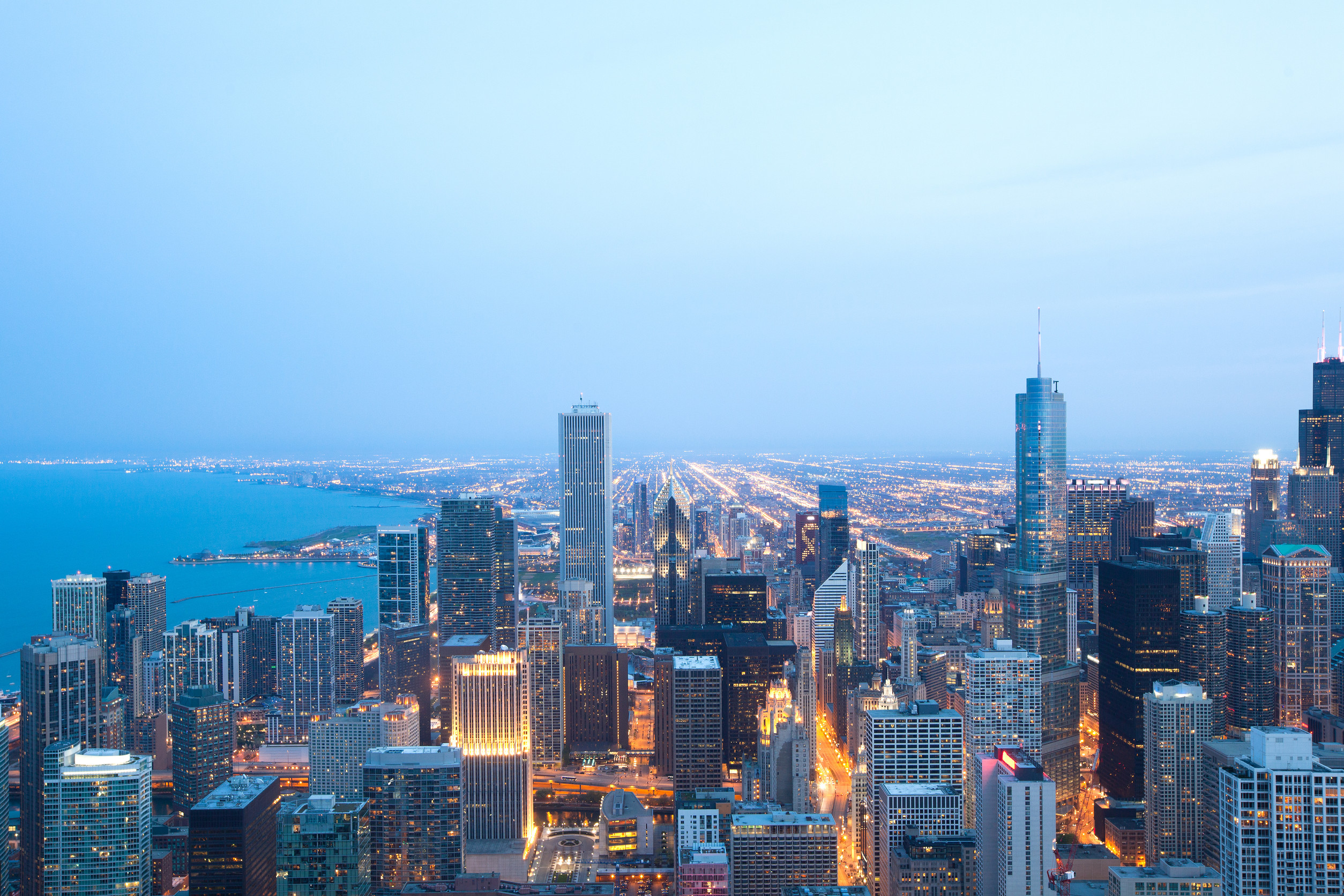With today’s rapid rate of urbanization, cities across the world are facing increasing pressure to expand their built environment. However, if we are to prevent the looming threats of the climate crisis, urban planners need to rethink the way we build our homes.
A recent manifesto was written by modern modular housebuilder, House by Urban Splash, that puts forward a new way of creating housing — one that prioritizes nature and supports local enterprises.
Called Live Well by Design, the manifesto represents a blueprint for the future of housing. At the center of its roadmap for creating sustainable communities and future neighborhoods are ten core tenets of urban design, all of which put the emphasis on design, wellbeing, choice, and sustainability.
The document also includes pledges to build houses that are tailored to individual needs and to create green neighborhoods that encourage healthy routines, thus enabling residents to live a low-carbon lifestyle.
“This manifesto is our public commitment as a company to everything we believe in as a values-led organization,” said Orla McGrath, the marketing director of House by Urban Splash, which has been building modular houses using low carbon and sustainable materials since 2019.
“We believe homes should be the happiest place in the world, and to create that we must think beyond four walls, to the wider neighborhood, and the idea of community and belonging,” she continued.
Noting a lack of emphasis on neighborhood design and community within new housing developments in the UK, the team behind the manifesto stresses the importance of public amenities such as parks, schools, and health centers, and talks about how these are key to building healthy communities.
The company is already building homes in a number of cities in the UK. All of their new developments embody everything in the Live Well by Design manifesto, including ample green space and connections to water, and enables residents to walk or cycle to work. Small local businesses are also integrated into the neighborhood plan.
According to McGrath, this is just the beginning of the manifesto. “For now we’re using it as a blueprint to help us bid for new sites and to tell people what our intention is,” she explained. “We can use it as a design code when we start working with an architect to masterplan a new site.”











